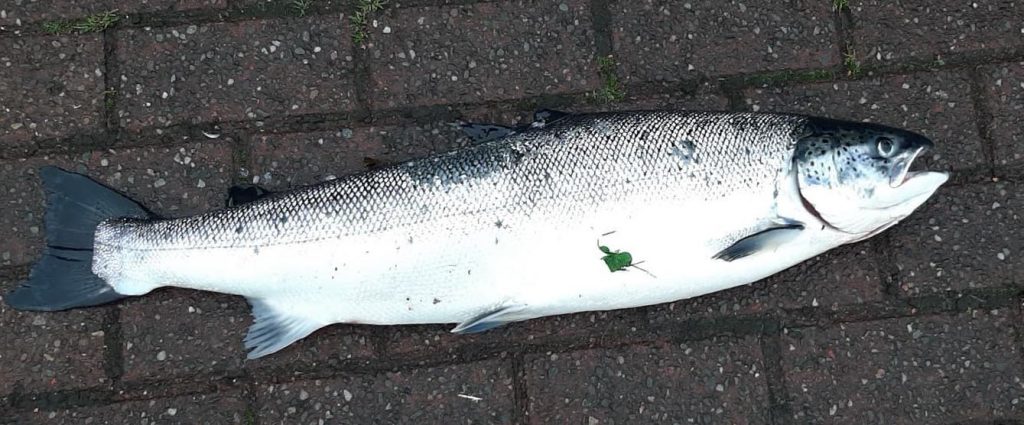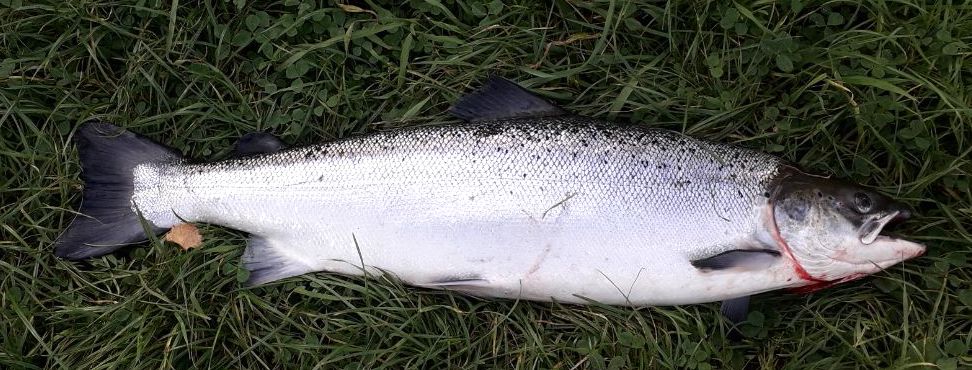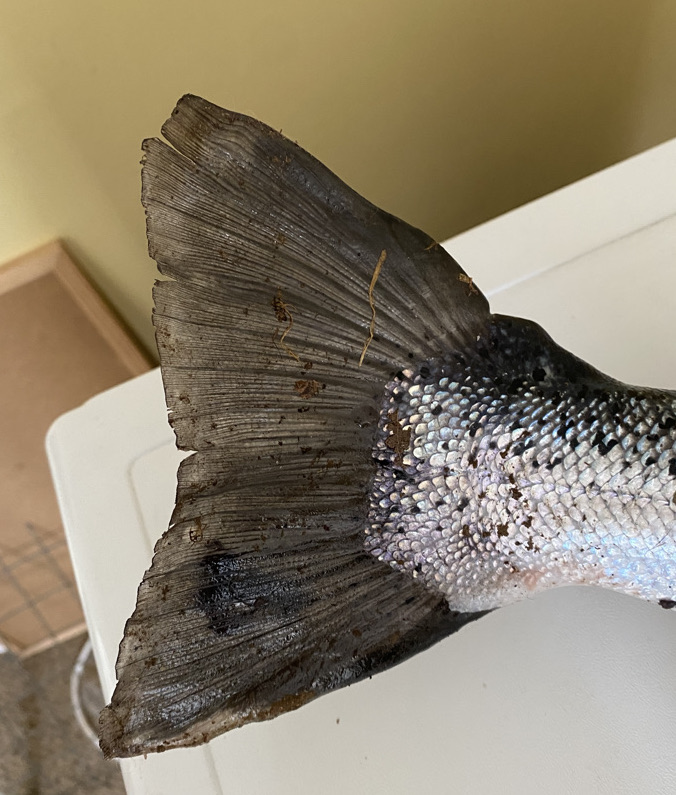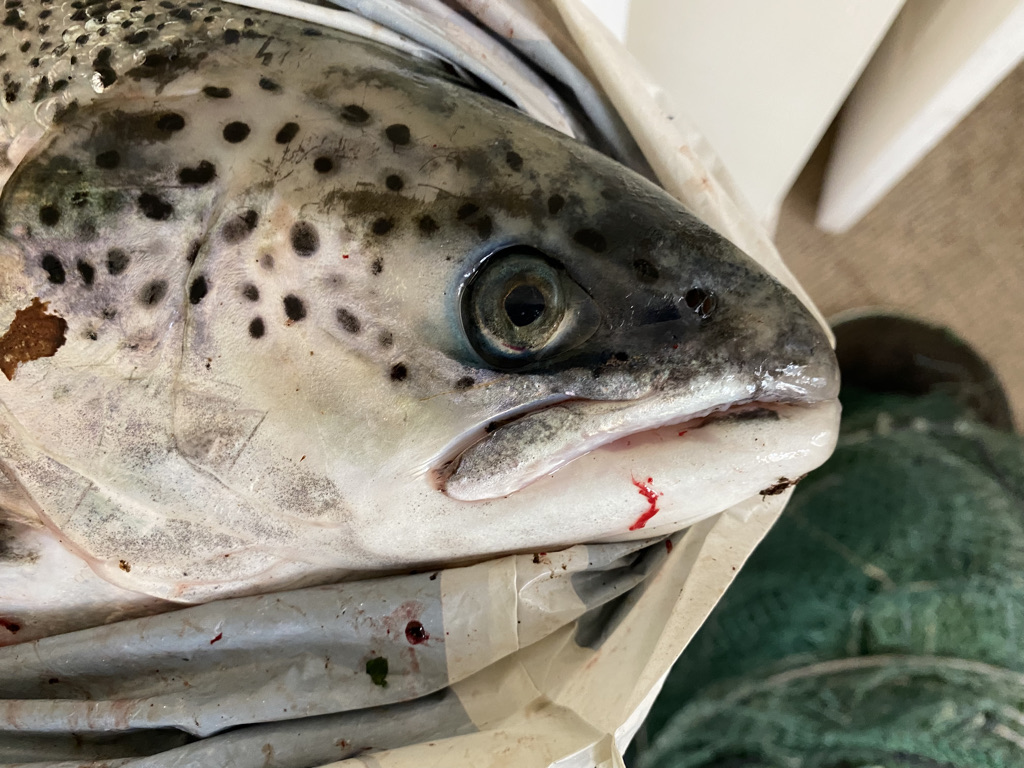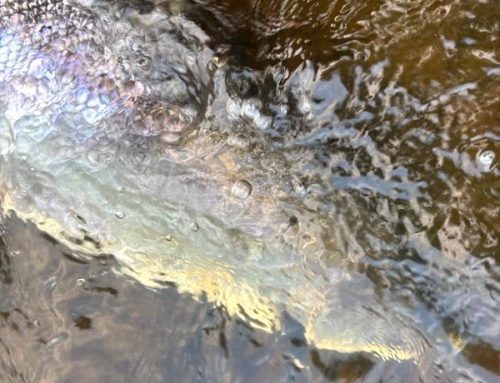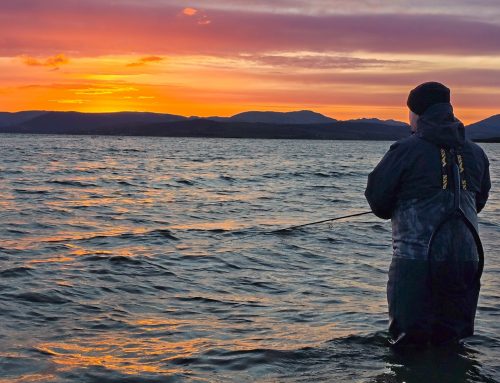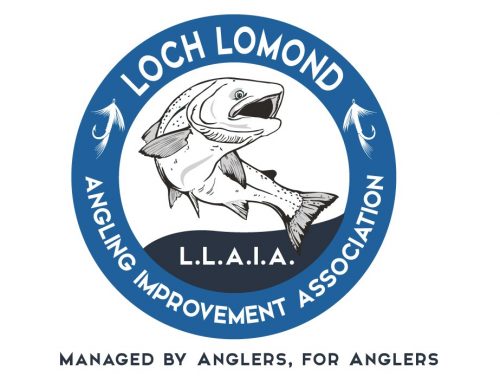To all members and anglers
Over the last week the L.L.A.I.A were aware of unconfirmed reports and rumours that fish of a farmed origin had been seen/caught on the River Leven, being unconfirmed and without evidence we were unable at that time to do anything more. Last night a regular angler caught, informed and handed over to our water bailiffs a Salmon that certainly appears to be of farmed origin. The L.L.A.I.A actioned this last night by informing the official Scottish Government agencies and fish health inspectorate, the LLFT and the other Firth of Clyde fishery Trusts. Scale samples have been taken and will be analysed.
Where there is one fish there are bound to be more and these can have long lasting and very damaging effects on the gene pool of our own wild Lomond fish.
The authorities will determine where this fish is likely to have come from, but at this time there has not been any escapes reported by commercial fish farm operators.
We are asking every single member and permit holder to again to help in the long term interests of our wild fish to report every singe capture of a suspect farm fish to our office, water bailiffs or the LLFT. The critical thing is that the capture of all farmed fish is reported to our Bailiffs, the LLAIA Office or to the LLFT.
It is every angler and member’s responsibility and interest to take the requested action described here.
Contact details to report all farmed fish:
Bailiffs: bailiffing@lochlomondangling.com
LLAIA: 0141 353 5004
LLFT: 07985 319899
The advice from the authorities and what we would ask you to do is
- Inform immediately the LLAIA, water bailiffs or LLFT given we don’t have a DSFB using contact details above
- Photo to be taken of the fish and scale samples taken, we need to know where and when caught, method and approx. weight. Ideally keep the fish and we will collect from you. Scale envelopes can be obtained from O’Briens Newsagent or any of the bailiffs, but scales can be kept in some kitchen roll or paper until handed overPart of the collective response to the appearance of adult fish in the Lomond catchment is to collect scales from the fish and have them examined. The growth patterns on farmed salmon scales are easily distinguished from those of wild fish. Collecting scales gives us one index of the occurrence of the escapees in fresh water, and will confirm that our catchment has been potentially adversely impacted.
To that end we are requesting every angler to take scale samples for all farm salmon caught, information explaining how scale sampling should be performed can be found here:
https://asfbuk.sharepoint.com/:i:/g/ERVyukZbaqpDvEz-S1o-a3MBmn5Ct6Dhwo1bFe9sCM3xQQ
Scales should be stored in paper packaging (e.g. wrapped in kitchen roll or in a paper envelope). It is important that scales are not stored in plastic nor dried on a direct heat source.
The diagram below shows the area that any scale samples must be taken from:
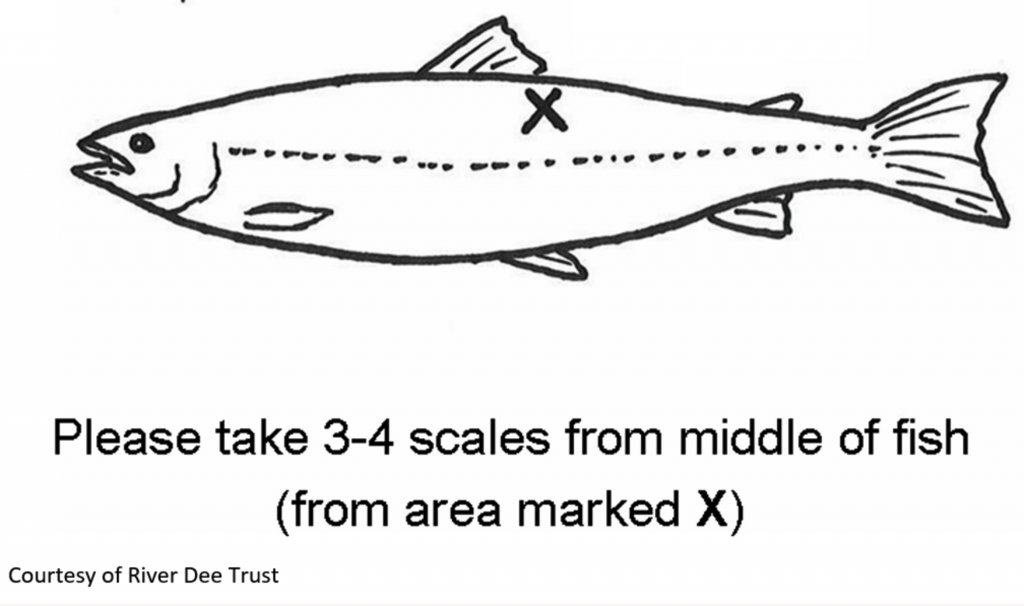
- Fish to be immediately humanely dispatched and not returned to the water.
- The L.L.A.I.A or the LLFT will deal with the formal notification to the Fish Health Inspectorate and FMS ( If people give us the info we will happily do those steps for them).
- Fish is not to be kept or eaten!! (That’s the official advice from the fish health inspectorate for any farm fish)
- This only applies to farmed fish, anybody dispatching a wild fish, must only do so within rules of the L.L.A.I.A, they may be subject to prosecution under fishery law with regards retaining of wild fish. We would remind all anglers that as of the 30th September the L.L.A.I.A rules indicate all wild fish must be safely returned and not retained
How do I identify a farmed salmon?
Identification of a farmed salmon
Below is a link to a video from the “Ayrshire Rivers Trust” illustrating how to identify a farmed versus wild fish and also how and where to take required scale sample should you believe that you have captured a farmed fish.
Video : https://youtu.be/WwKwPv1yGBM
Some examples of confirmed farmed salmon:
Please note some of the tell tale signs including damaged/deformed tail fins, dorsal and pectoral fins, shortened snout, more numerous spots, shortened gill cover) It is likely that these farmed fish will appear to be bright fresh run looking fish which is extremely rare given the time of the Season.

